By P. Hareendranath
(Based on the book “India: Darkness and Light” by P. Hareendranath)
Portuguese Voyages
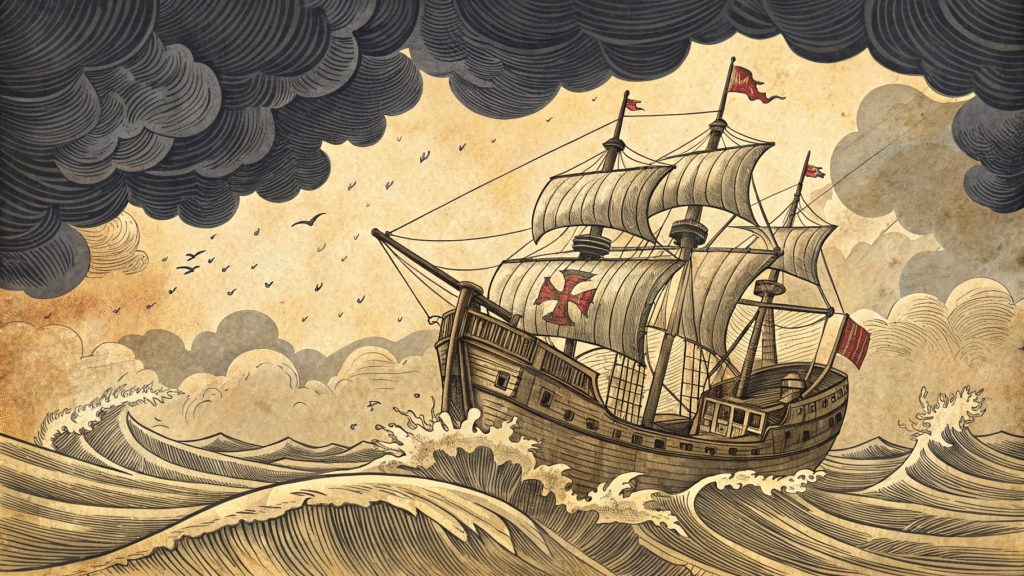
At a time when Christian missionaries were eager to spread religion to faraway lands, sea voyages became a hot topic across Europe. Advances in compass technology, shipbuilding, map accuracy, geography, and astronomy, along with the adventurous spirit of young sailors and the support of kings, gave a new direction and energy to long sea expeditions.
Among the European nations, Portugal led the way in these early sea explorations. Fascination with the East, legends about a Christian emperor named Prester John, a strong desire for revenge against Muslims, and the dream of capturing the world’s richest gold mine near the Sahara desert all excited Portugal. Another motivation was to end the monopoly of Italian traders.

Prince Henry of Portugal, known as Henry the Navigator, spent his wealth generously to promote both trade and religion. He invited rich merchants from places like Florence, Venice, and Genoa to help him. By 1445, he had successfully built 26 advanced ships. Interestingly, although he’s called Henry the Navigator, he never actually went on any sea voyage himself.
In 1444, Henry sent the first group of ships in search of slaves. This marked the beginning of what would later become the tragic human slave trade in history.
In Search of Prester John
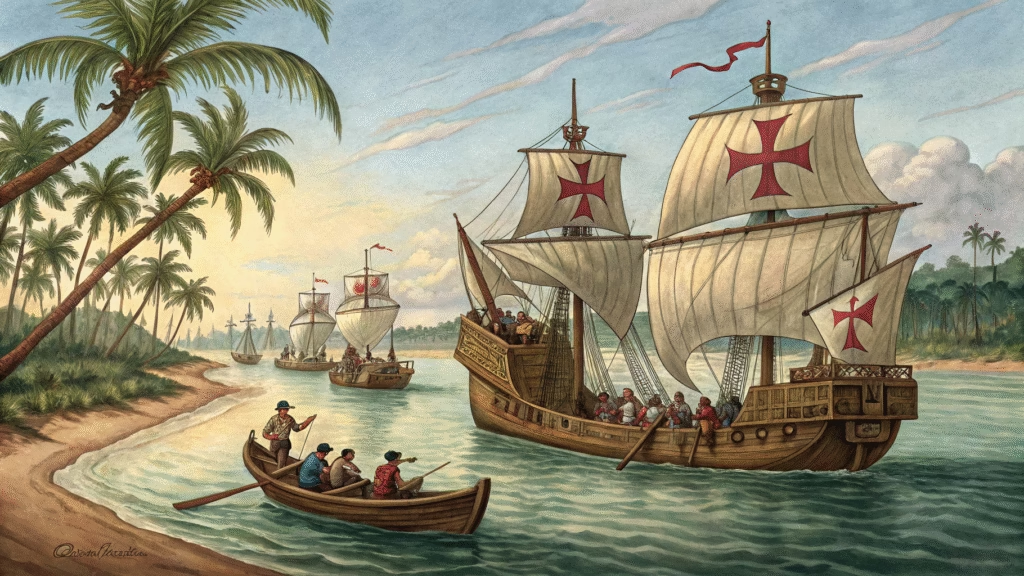
Henry died in 1460 without fulfilling his dream of reaching India. His successor, King Alphonso, continued the efforts to find a sea route to India. But even during his reign, India remained a mysterious land hidden in the dark corners of the map.
Later, under King John II, a Portuguese exploration team crossed the Congo River and returned to Lisbon with news about a powerful king named Ogane, who lived deep inside Africa. The Portuguese believed this king was Prester John, the legendary Christian emperor. Determined to find him, they sent missions both by sea and land.
For the Portuguese, finding Prester John became a matter of national pride.
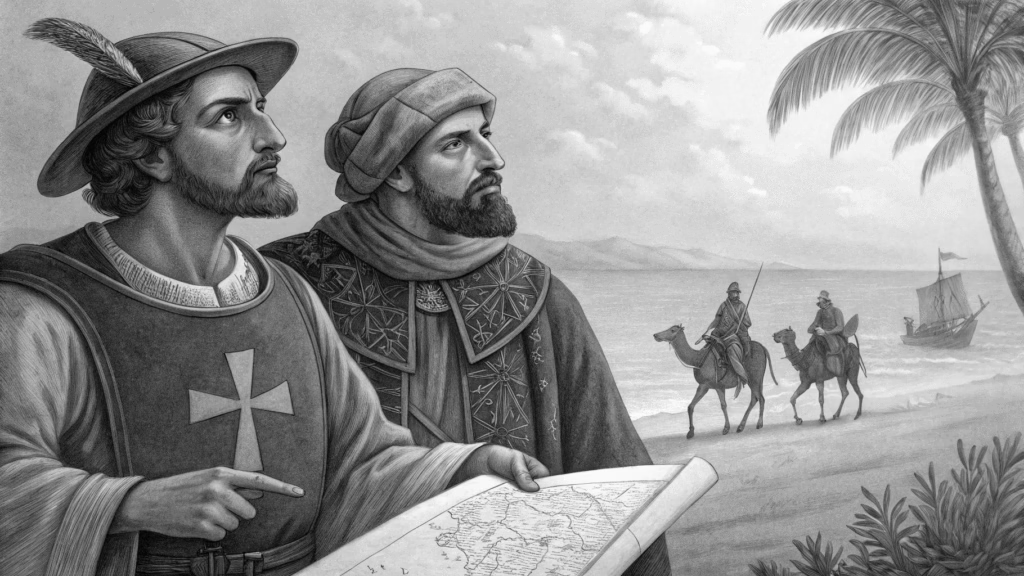
King John II sent two separate missions:
- One led by João Peres de Covilhã, tasked with finding a sea route to India.
- Another led by Alfonso de Paiva, assigned to locate Prester John’s kingdom, believed to be in Ethiopia.
After an adventurous journey, Covilhã reached India in 1488, 10 years before Vasco da Gama! He visited Kannur and Kozhikode (Calicut), and shared his travel experiences with the Portuguese king. These insights greatly helped the explorers who followed.
Vasco da Gama Did Not Land at Kappad!
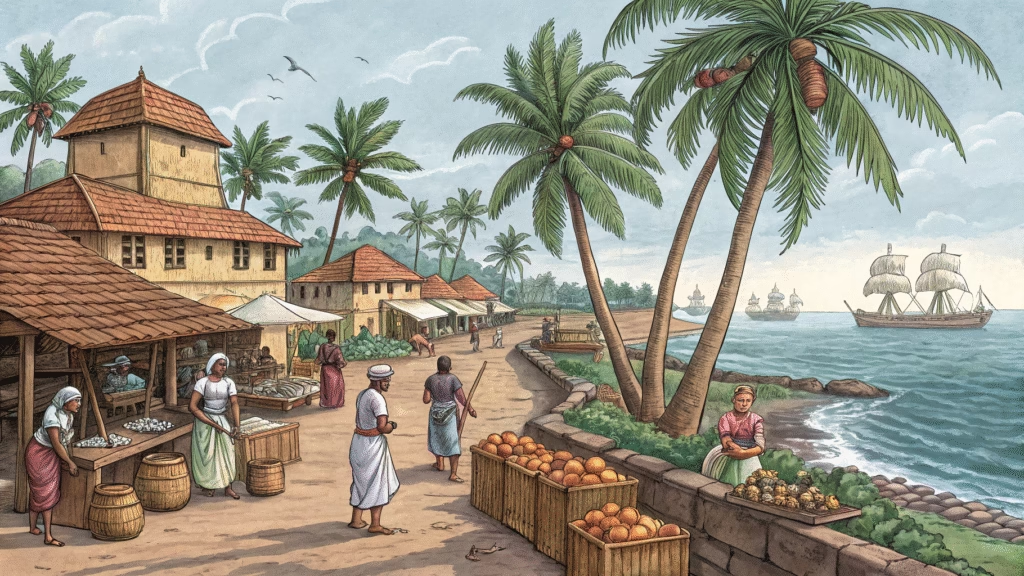
On May 20, during the monsoon season, Vasco da Gama saw the Indian coast from his ship. Due to strong winds and rain, they saw some lights from about 4–5 nautical miles away and mistook them as being from Calicut.
They dropped anchor in the sea but did not go ashore. The next day, with help from local boatmen, a messenger from the ship reached Calicut and gathered information from Moroccan Muslim traders. Based on that, Samoodiri’s officials invited the newcomers to bring their ships to the Koyilandy port.
From there, Kozhikode Thalachannor and about 200 Nayars (a caste in Kerala, India), along with local representatives of the Samoodiri (King of Calicut), welcomed the Portuguese.
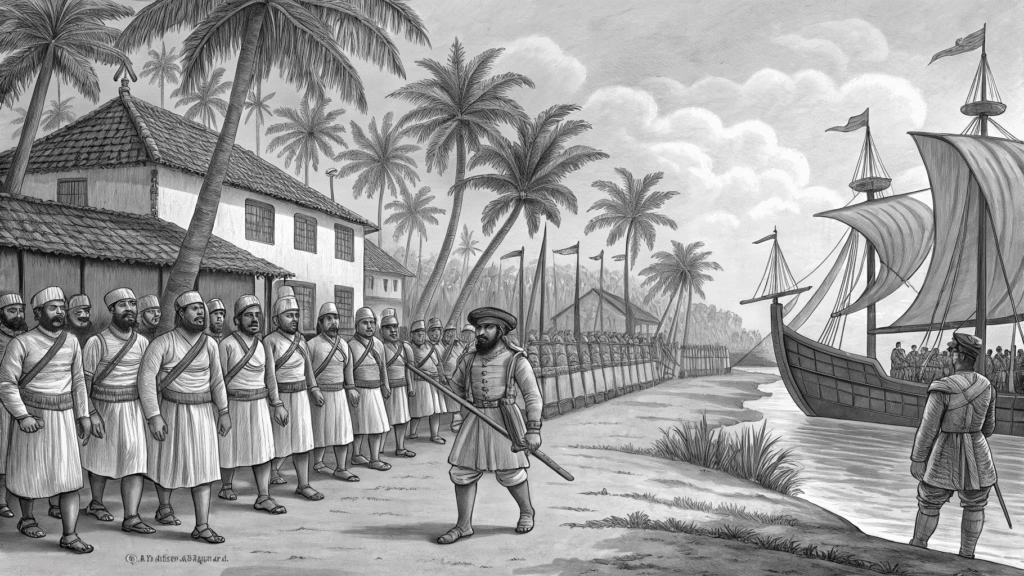
The widely believed story that Vasco da Gama landed at Kappad is incorrect. The stone monument placed there by archaeologists is based on a misunderstanding.
What actually happened was that the Portuguese were received at Koyilandy, and from there they were escorted over land through Kappad and Puthoor to reach the Calicut market area in a kind of ceremonial procession.
They had no language problems, as there were already African Muslim traders in Kozhikode who could translate and communicate
( Reference: Dr. M.G.S. Narayanan’s book, “Keralathe Swaadeenicha 10 Pradhaana Sambhavanagal.)
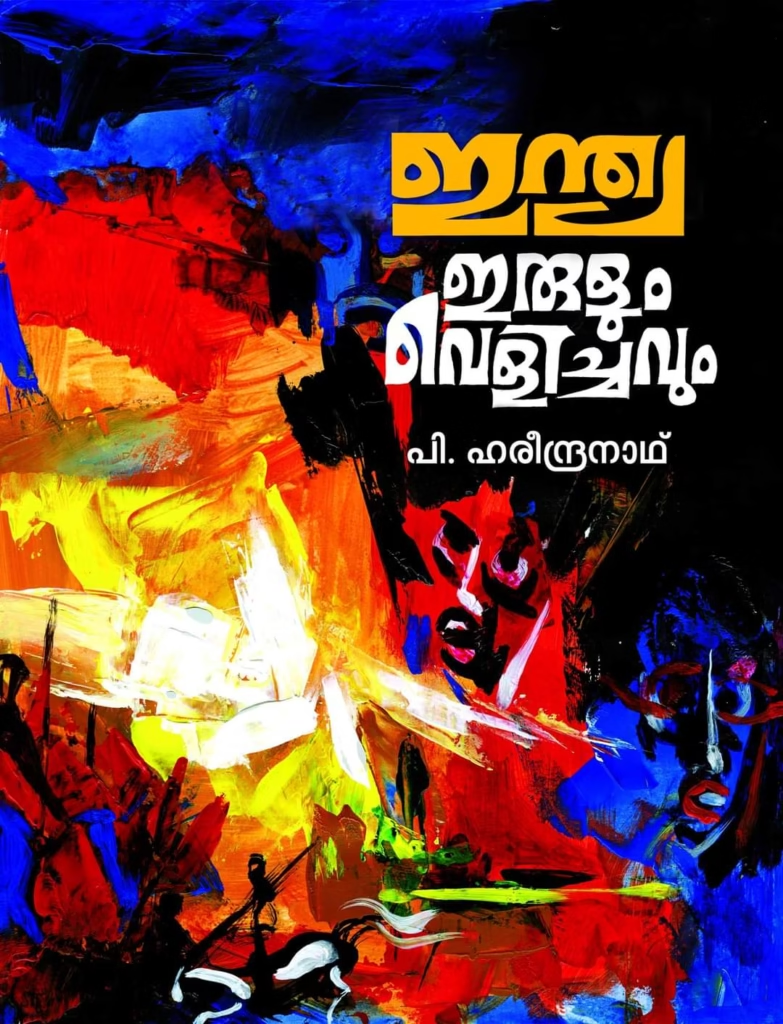
Cover page of the book “India: Darkness and Light” by P. Hareendranath
Want to learn more through visual storytelling? Check out our detailed 3D explanation blog on How Did Ancient People Collect Water Without Electricity or Pipes?
Useful Link